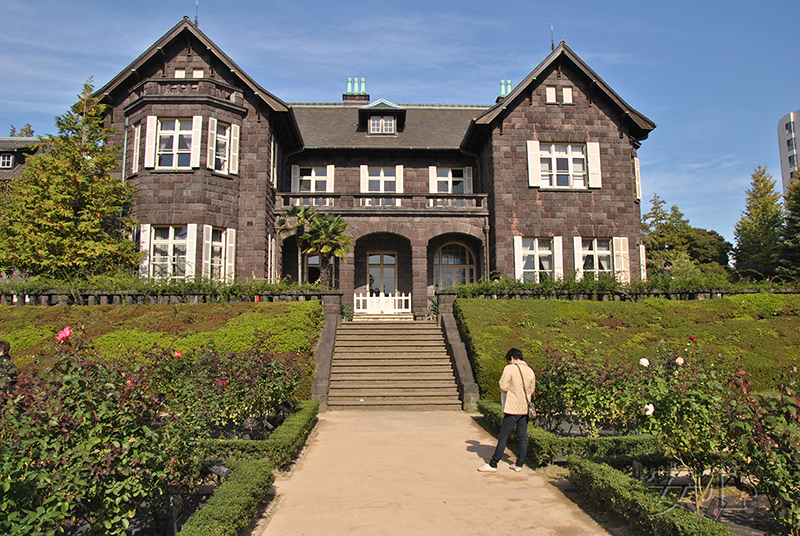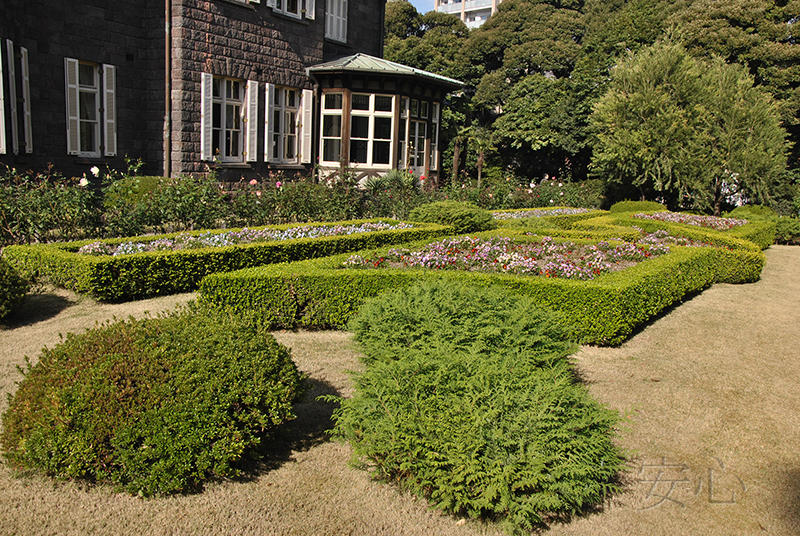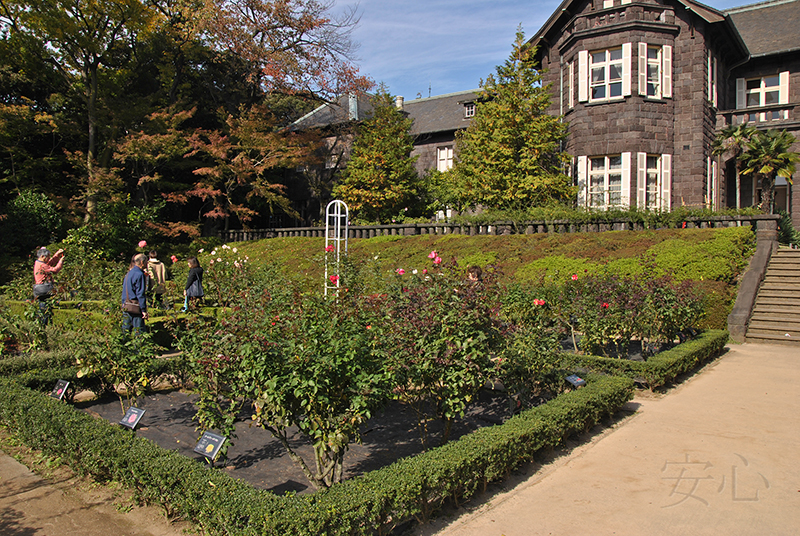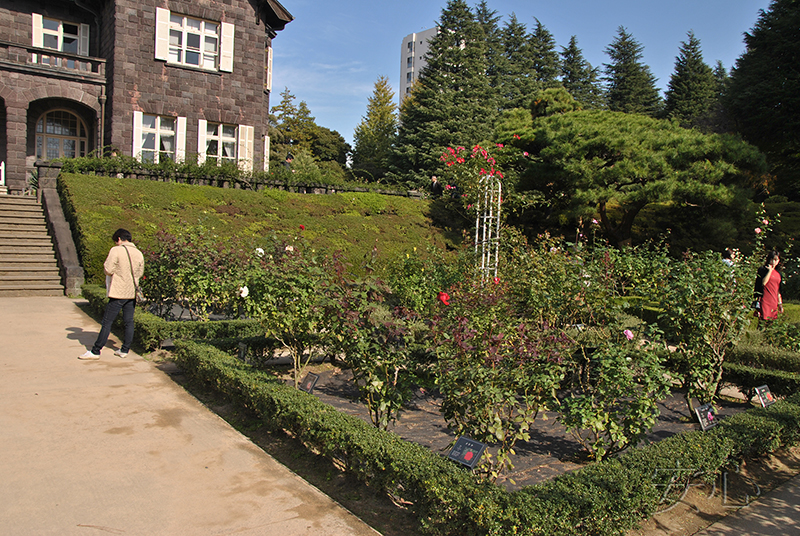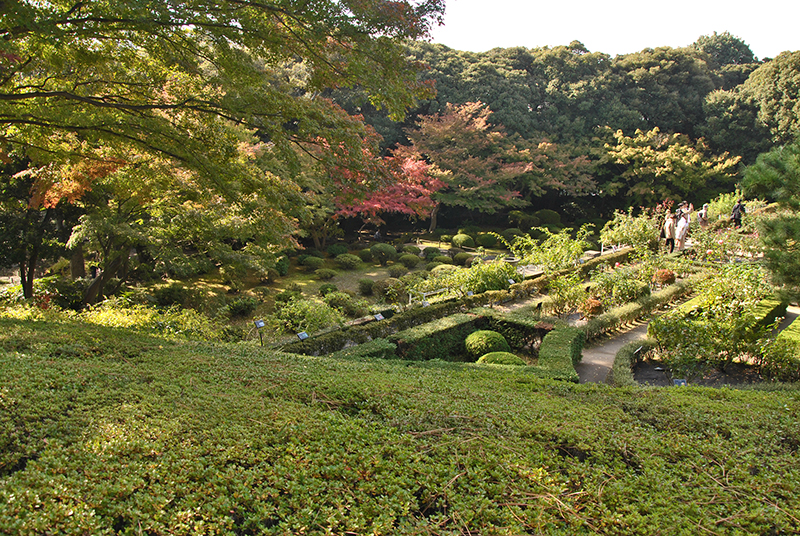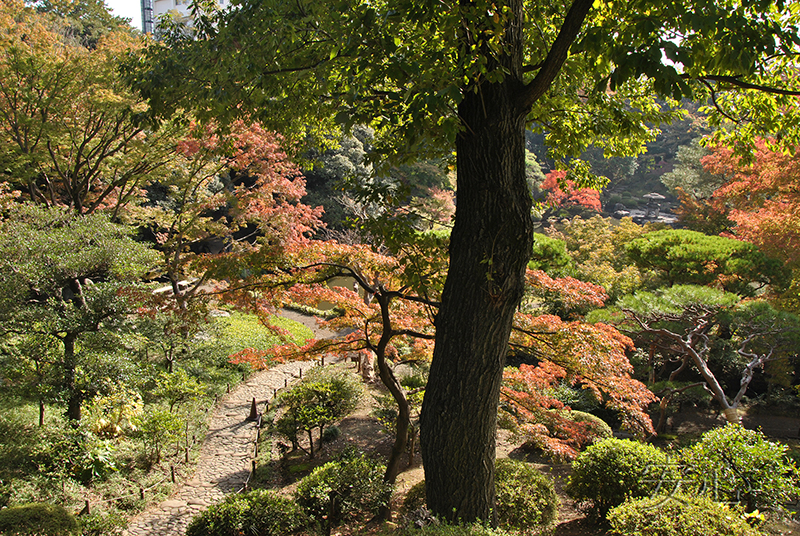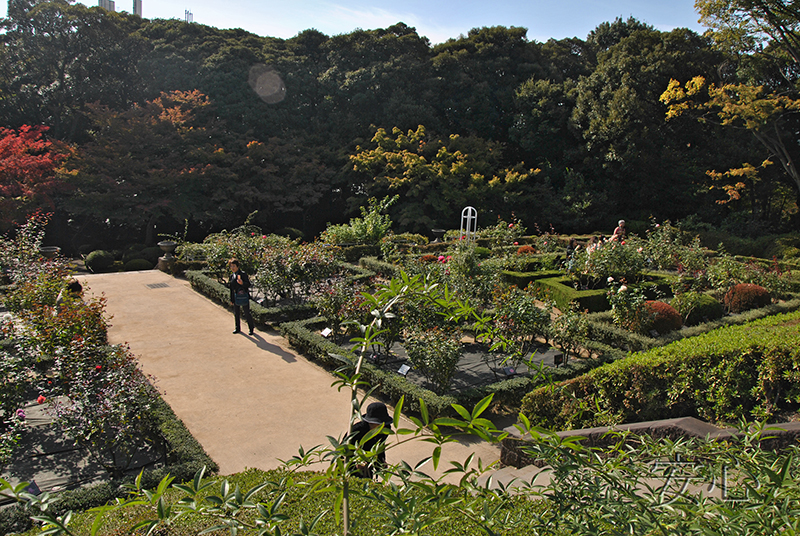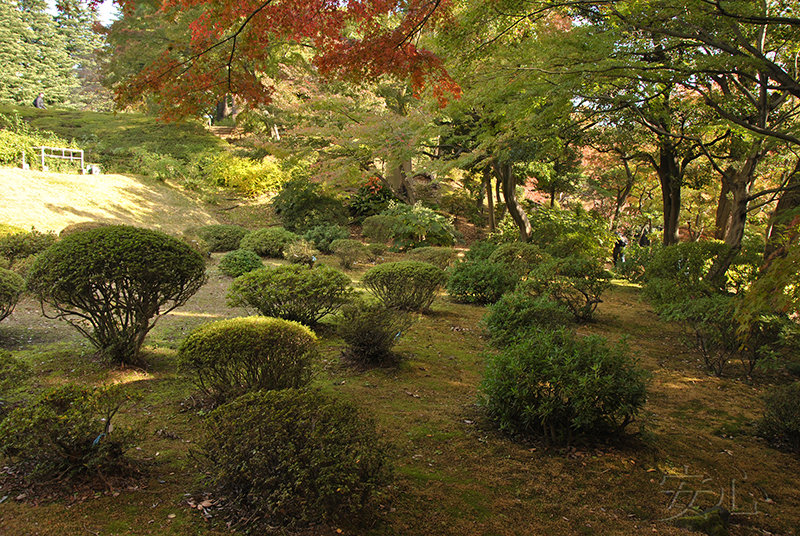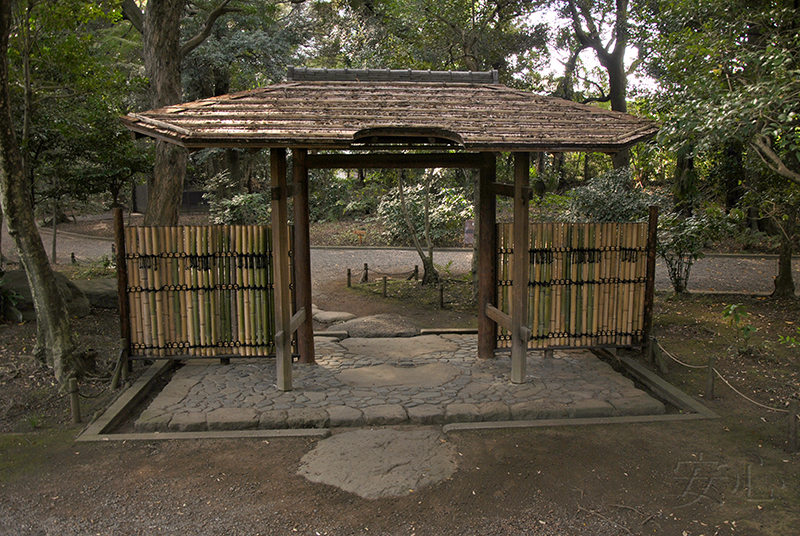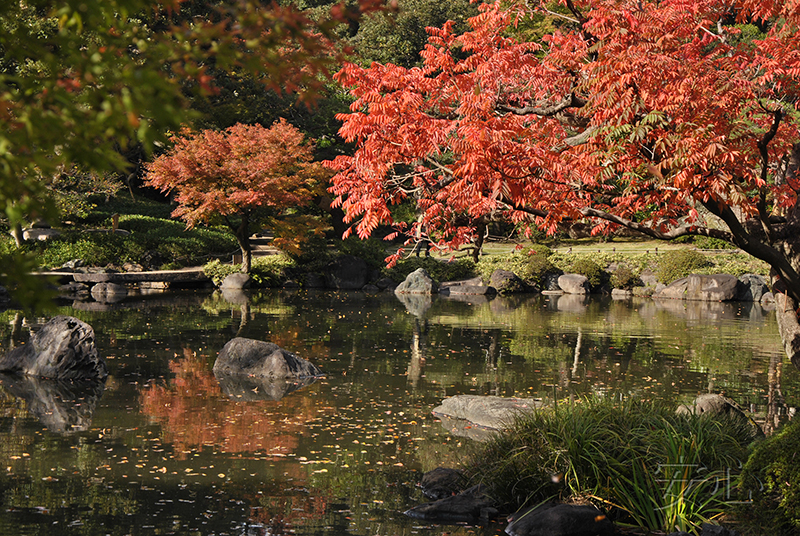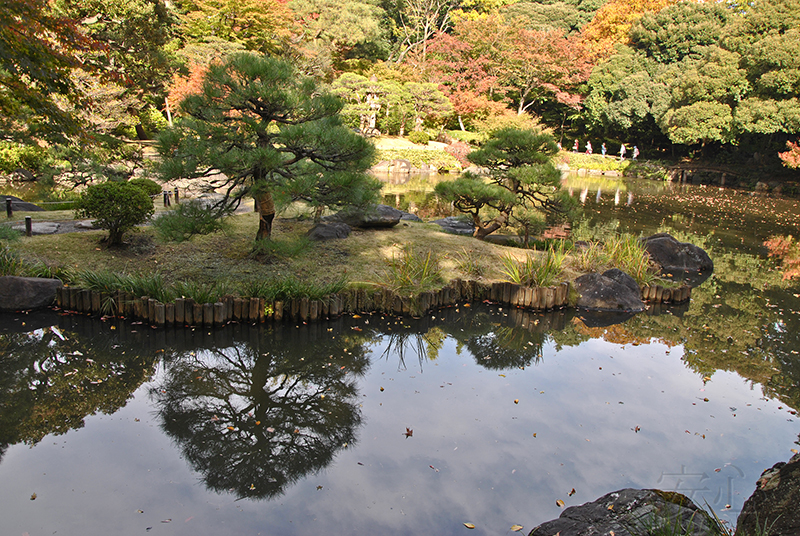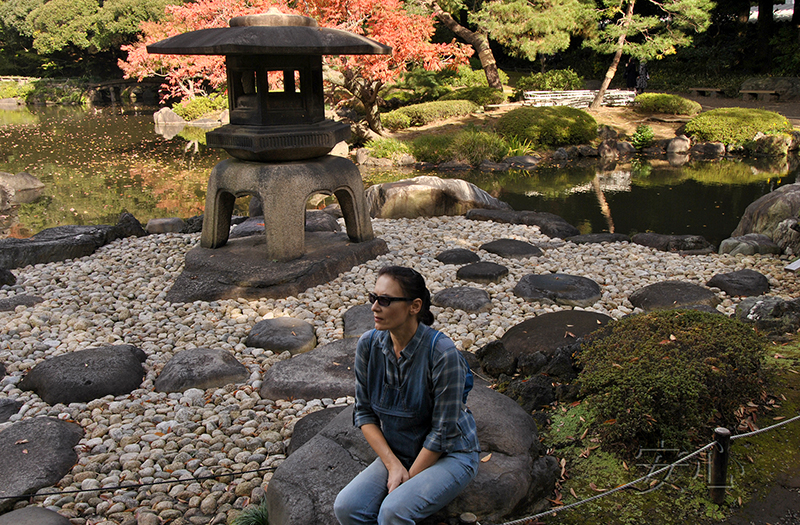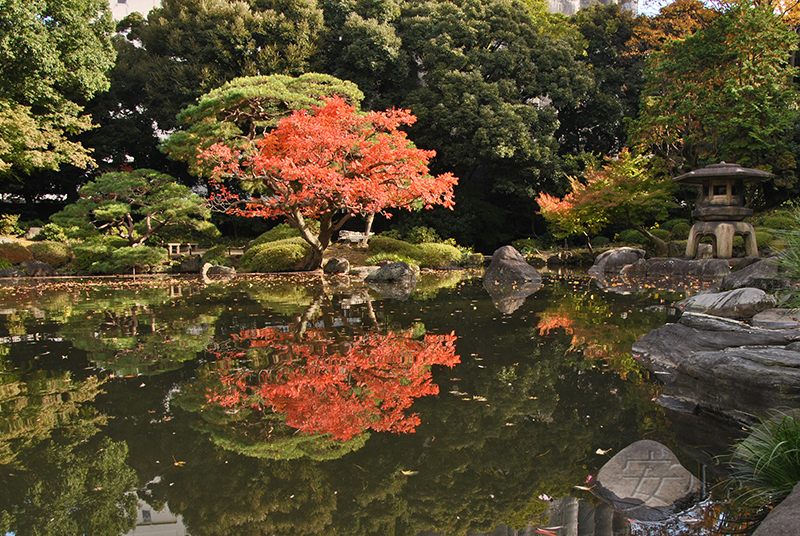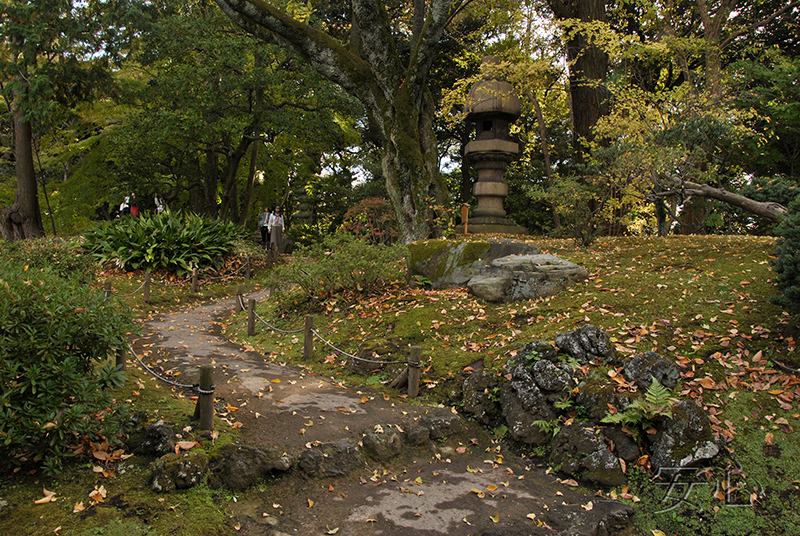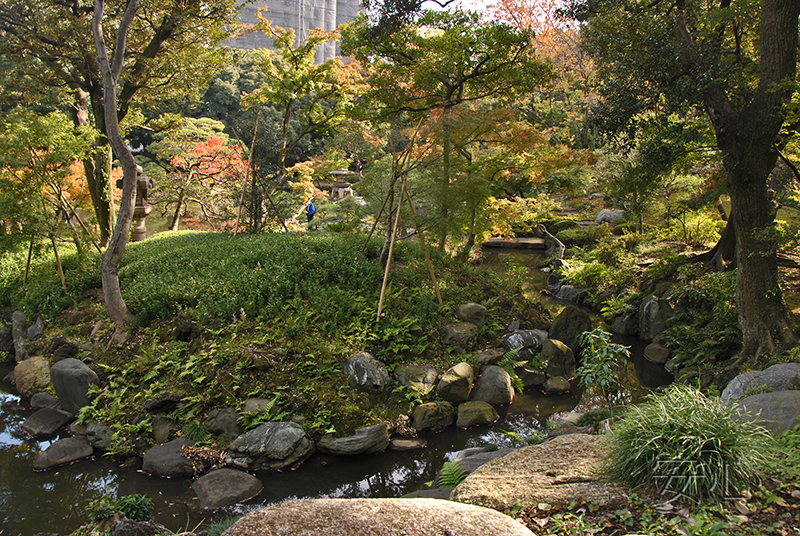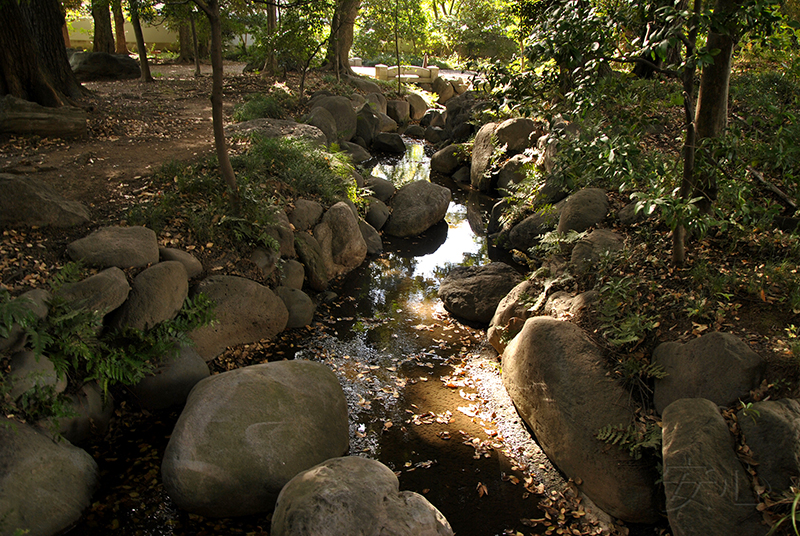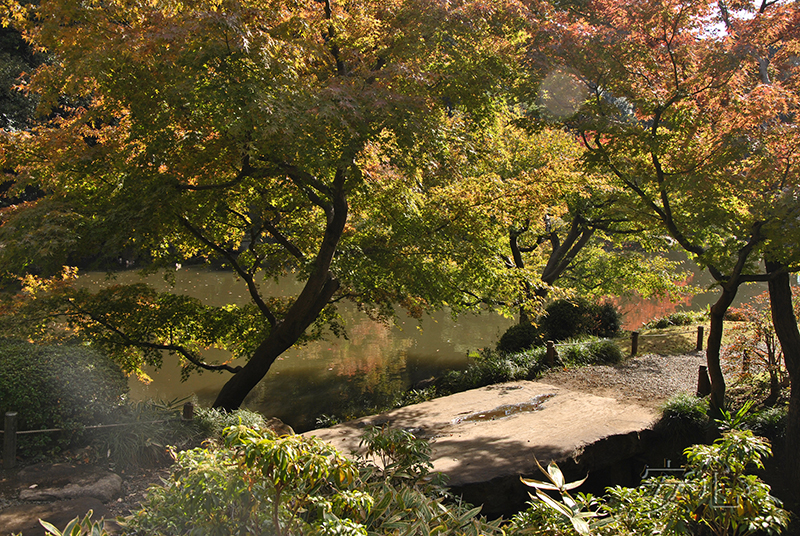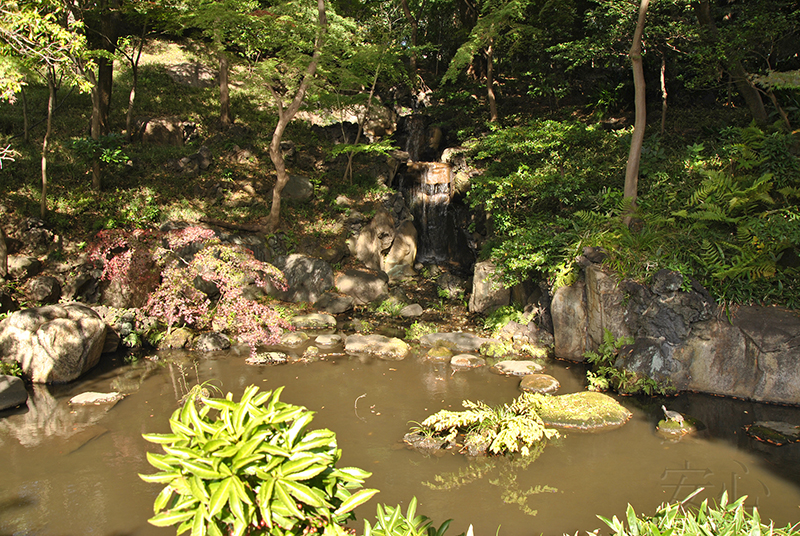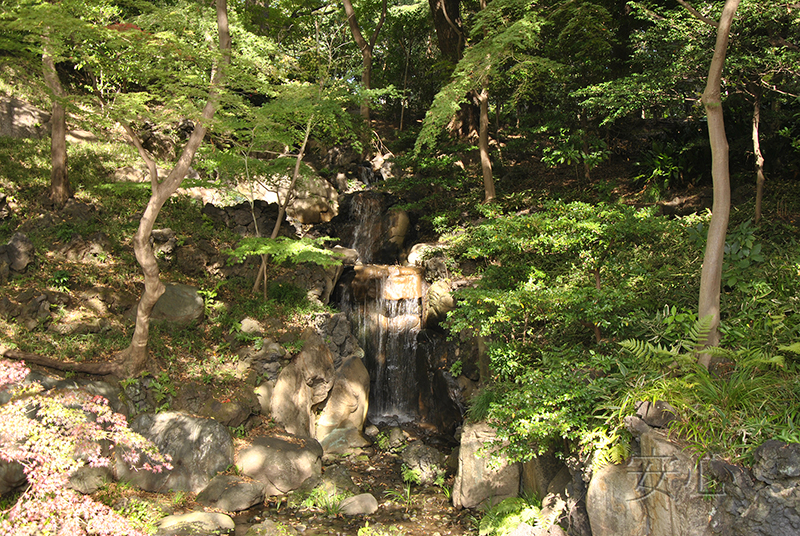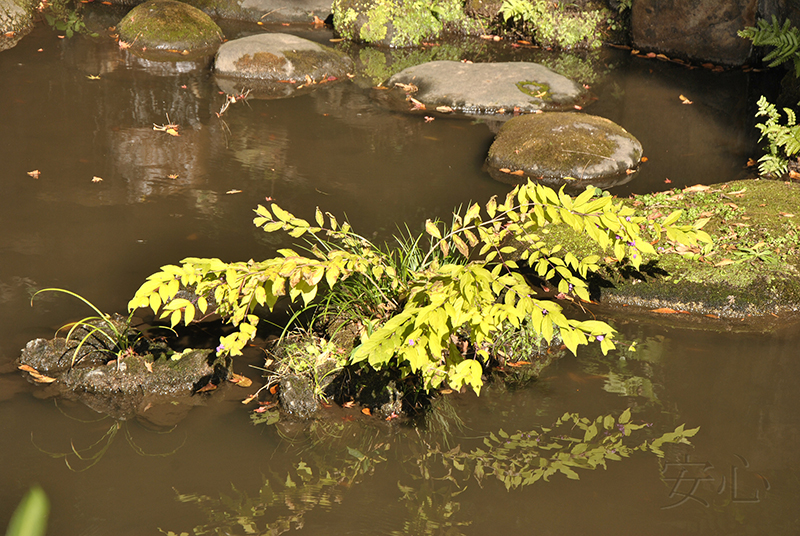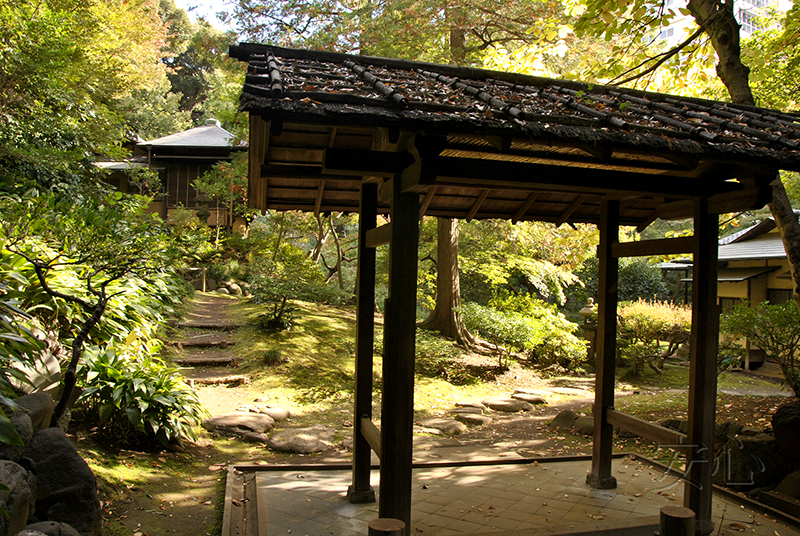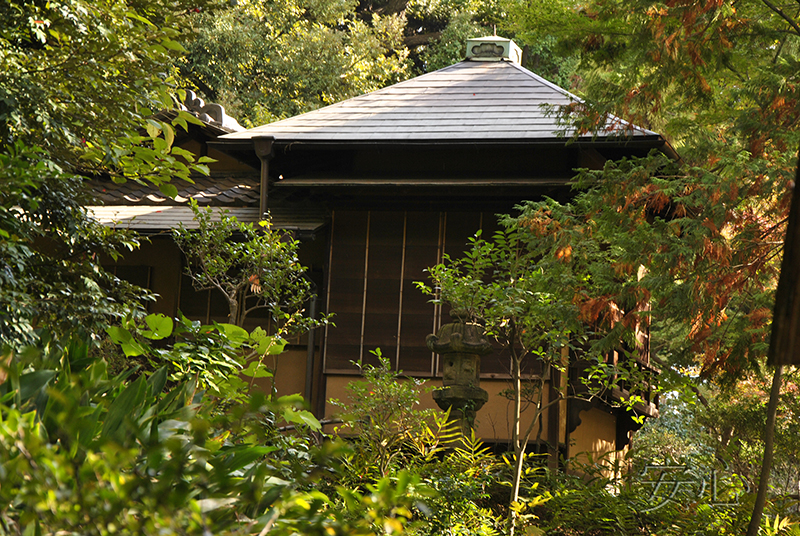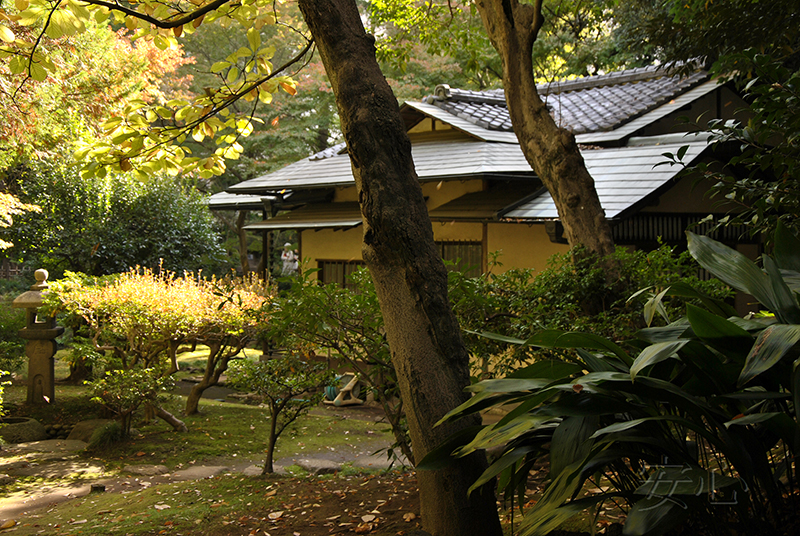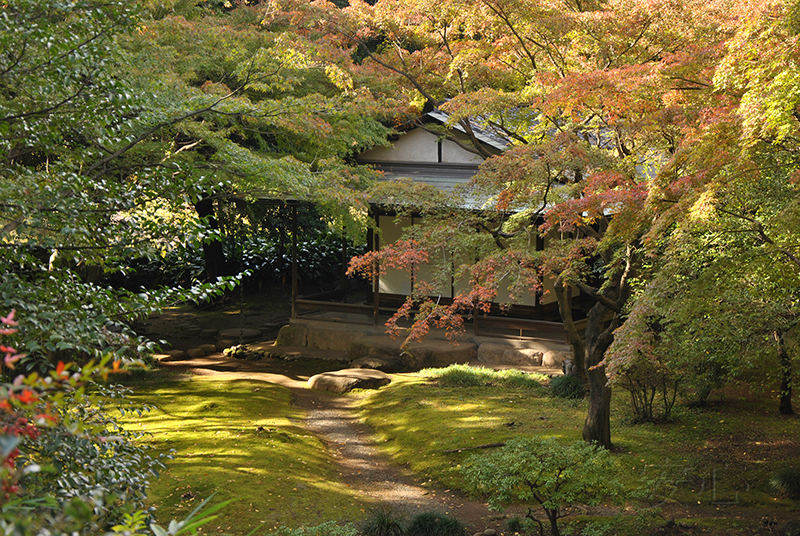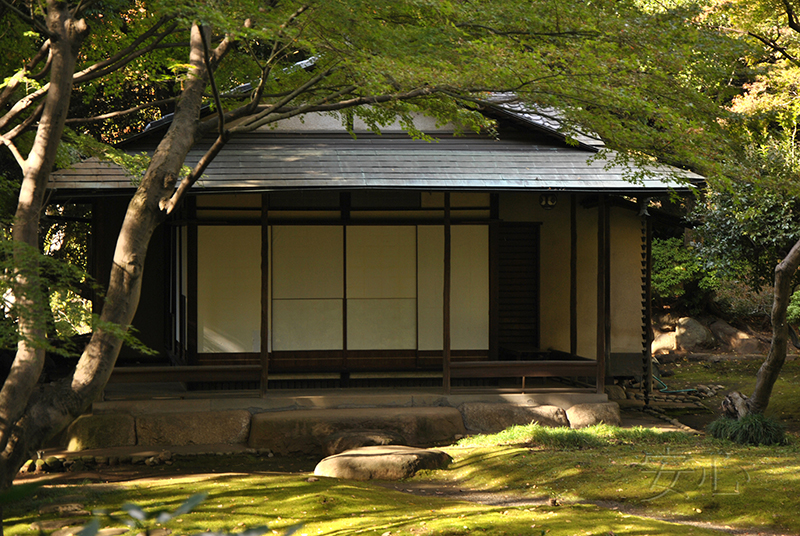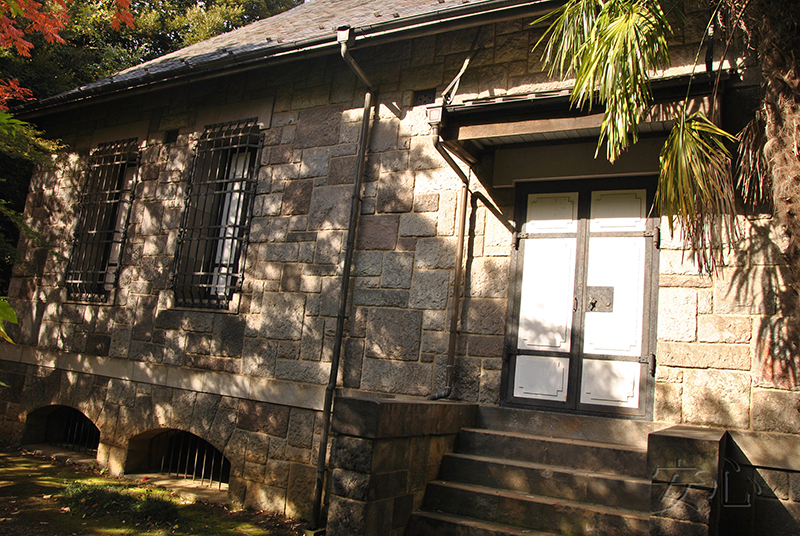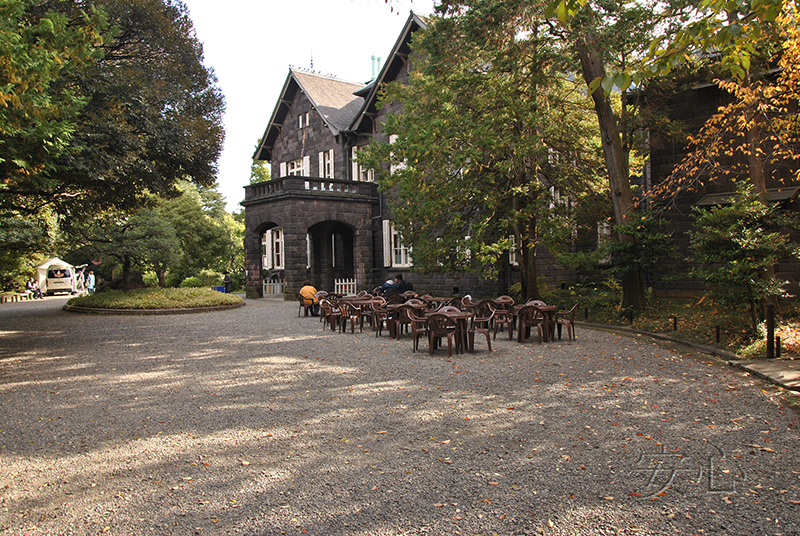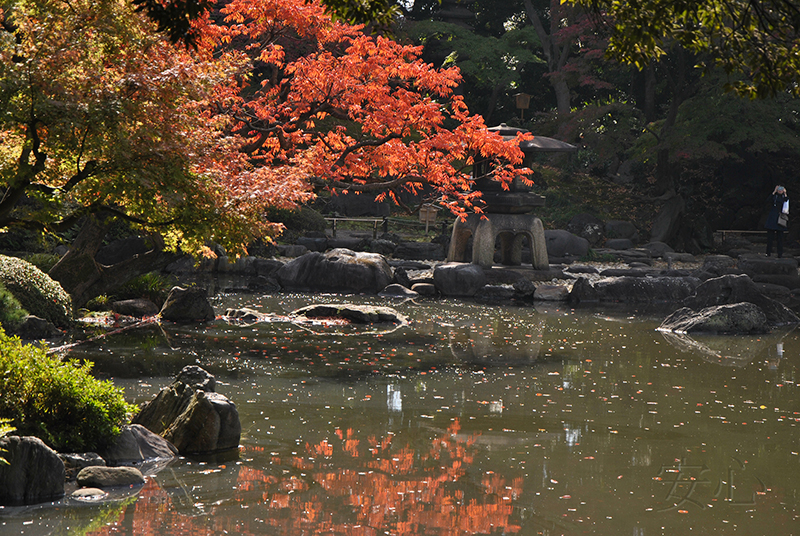
Kyu-Furukawa Gardens in Tokyo
At the end of the 19th century, era of self-isolation in Japan lasted more than two hundred years is ended. Many specialists of various fields from Europe and the USA poured into the country. Changes began to occur in architecture as well. Most of the elite of society began to build European buildings for themselves. Often they needed to receive guests from other countries, and they made for this western rooms or entire floors decorated in a Western style. However, the living quarters, as a rule, remained Japanese. Sometimes two houses were built at once: one was European, the second was Japanese. All this suggests that the Western culture was only half adopted by the Japanese. And, in spite of everything, they still preferred to live in a traditional setting.
All this can be fully attributed to the estate of the Furukawa family, which was built in 1917. The land was originally owned by Mutsu Munemitsu, a statesman who made a great contribution to the Meiji Restoration. Then his second son was adopted into the Furukawa family, and the estate passed into the possession of the Furukawa clan. However, the building of that time was rebuilt, and now in its place is a European-style mansion. Its outer walls are made from reddish stone, Shin-Komatsu-ishi (andesite) obtained from the Manazuru area of Izu. When this stone becomes wet from rainwater, the color changes to a very subdued tone.
The house is adjoined by a European terraced garden with lots of roses. Banksia roses cover the walls. They are a symbol closely associated with Mako, the daughter of Prince Akishi-no-no-miya (the younger brother of the Crown Prince, Hiro-no-miya). Both the house and the garden were designed by British architect Josiah Condor. Using his knowledge of the French and Italian sculptured palace gardens, Conder designed the garden in the form of a symmetrical geometric composition of rectangular and round bosquets with bright flowers inside.
Every year, in the middle of spring, the Kyu-Furukuwa Gardens hosts a much-visited rose festival showcasing a lot of different rose varieties. The program includes classical concerts, food and goods stalls, and a special night light up after sunset.
However, inside the building only the first floor is furnished as European, the second is made in the traditional Japanese style. We see the same thing in the garden. The European garden adjoins the house, and on the lower level there is the Japanese one. This can be seen especially clearly from the first observation deck, a small gazebo with a view of the territory.
On the right we see the terraces of the western garden.
A little to the left there is the path leading to the Japanese garden.
The Japanese garden was designed and built by the famous Ogawa Jihei. Interestingly, from above, from the mansion, the Japanese garden is almost not visible. The lowering level is complemented by shrubs creating an ideal screen.
If you go a little to the right, you can get on the outer road passing through the gate.
If we turn left, we find ourselves in a garden. The focal point in the Japanese garden is Shinji-ike pond, taking the shape of a Chinese character “heart”. The designer deliberately highlighted the view points from where the pond looks most beautiful. This is funatsuki-ishi (a stone for boarding a boat), and rocky shallows, allowing you to approach the water.
A huge stone lantern for admiring the snow (Yukimi-toro) is visible almost from every point.
There are also large lanterns on the hills.
One of them is made in okunoin style. It is such lanterns that can be seen on the holy Mount Koyasan on the way to the Okunoin Mausoleum.
Well and, of course, Ogawa would not be Ogawa if there were no stream in the garden. True, here we saw a stream different from his other works, without wide shallow water with protruding small stones. But, nevertheless, they look very natural and penetrate literally the entire lower part of the garden, making it interesting and challenging.
At the north side of the pond there is Otaki Falls. Its height is more than ten meters. They say Ogawa Jihei designed it with particular care. The waterfall originates at the highest point of the garden, and its upper part was further enlarged. The front part is made in the form of a cliff, and the slope is covered with trees, what creates the illusion of a river gorge in the mountains. The stream itself makes several bends, so it becomes almost impossible to see its beginning. This circumstance makes us think that the waterfall is much longer than it actually is.
If you walk along the road away from the pond, you will see the gate leading to the tea garden. Unfortunately, they are closed, and we could make pictures only from afar.
There are several buildings. One house is on the left on the hill.
The other is on the right, in the lowland.
And going a little further, we found a third house, located in a very picturesque place.
In the end, we got to the building, built by analogy with the main house. This is a library.
We turned back and went to the way out. This time we came to the back of the main house.
The gardens of Kyu-Furukawa are considered a classic example of gardens of the Taisho period, a time when Japan tried to organically add western tendencies to their usual traditional way of life. But this didn't work out right away. And one of the first designers who found the way to combine two different cultures was Ogawa Jihei. This can be seen, first of all, in his stunning Murin-an garden. But here Ogawa created a magnificent Japanese garden and tried to visually isolate it from the west part.
Garden Information:
Address: 1-27-39 Nishigahara, Kita-ku, Tokyo 114-0024, JAPAN
Opening hours: from 9 a.m. to 5 p.m.
Closed: Year-end holidays (December 29 to January 1)
anshin©2011All rights reserved. When using the materials of the site, reference is obligatory.
Proposals for co-operation, as well as comments and suggestions on the site please send to the address: anshinsad@gmail.comtel: +7 (965) 121-80-60, 10am-20pm

